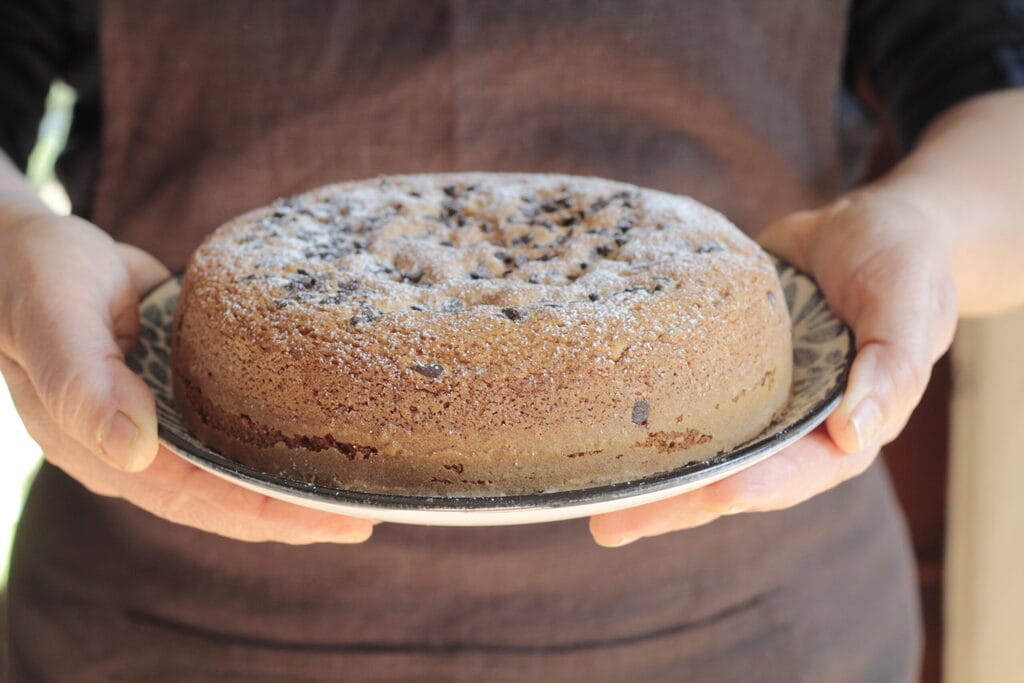
- Difficulty: Easy
- Cost: Cheap
- Preparation time: 20 Minutes
- Portions: 8
- Cooking methods: Oven
- Cuisine: Italian
- Seasonality: All seasons
- Energy 401.14 (Kcal)
- Carbohydrates 63.21 (g) of which sugars 38.88 (g)
- Proteins 7.65 (g)
- Fat 14.94 (g) of which saturated 2.97 (g)of which unsaturated 8.69 (g)
- Fibers 0.88 (g)
- Sodium 37.91 (mg)
Indicative values for a portion of 2 g processed in an automated way starting from the nutritional information available on the CREA* and FoodData Central** databases. It is not food and / or nutritional advice.
* CREATES Food and Nutrition Research Center: https://www.crea.gov.it/alimenti-e-nutrizione https://www.alimentinutrizione.it ** U.S. Department of Agriculture, Agricultural Research Service. FoodData Central, 2019. https://fdc.nal.usda.gov
About Yogurt
Yogurt is a food product prepared by the fermentation of two live bacteria in warm milk called Lactobacillus and streptococcus. Therefore, we can define it as a dairy product as it is derived from milk. The discovery of yogurt is quite surprising and we certainly owe it to the shepherds of central Asia. While traveling, the shepherds carried goat’s milk in containers made with animal stomach skins, and some of this milk became thick. We have traces that yogurt was already being produced in Turkey in the 6th century BC.
Yogurt is a food product prepared by the fermentation of two live bacteria in warm milk called Lactobacillus and streptococcus. Therefore, we can define it as a dairy product as it is derived from milk. The discovery of yogurt is quite surprising and we certainly owe it to the shepherds of central Asia. While traveling, the shepherds carried goat’s milk in containers made with animal stomach skins, and some of this milk became thick. We have traces that yogurt was already being produced in Turkey in the 6th century BC.

